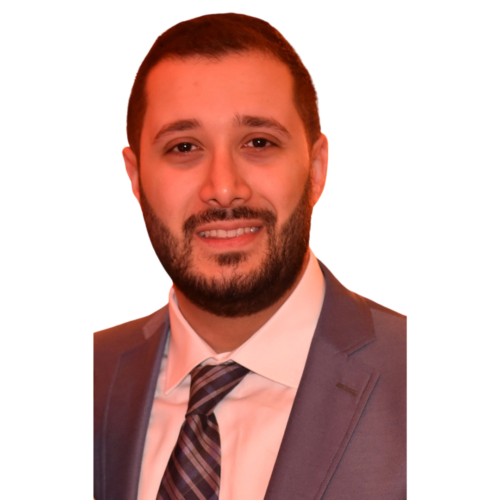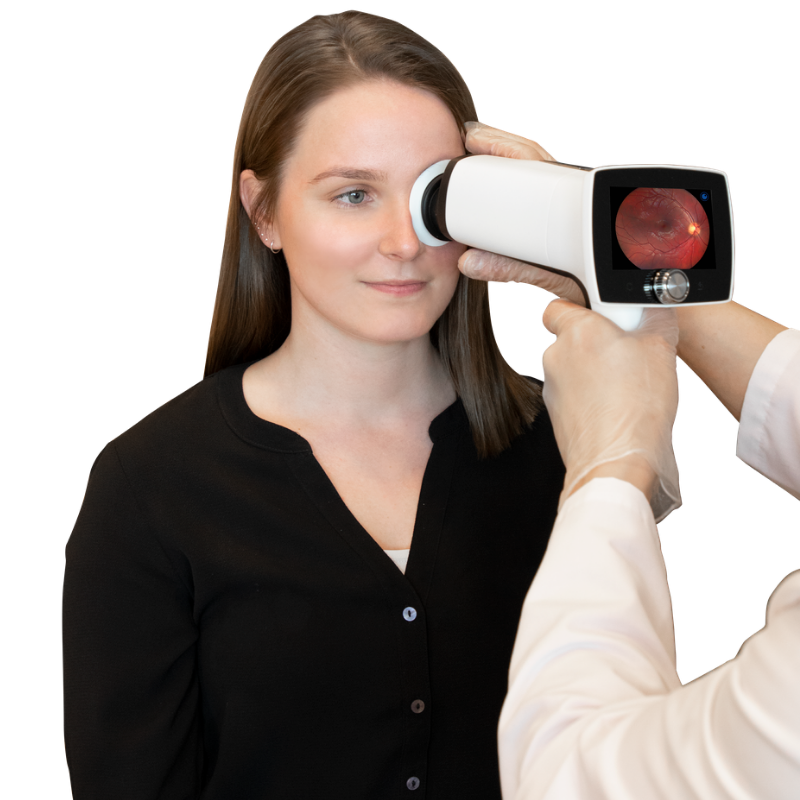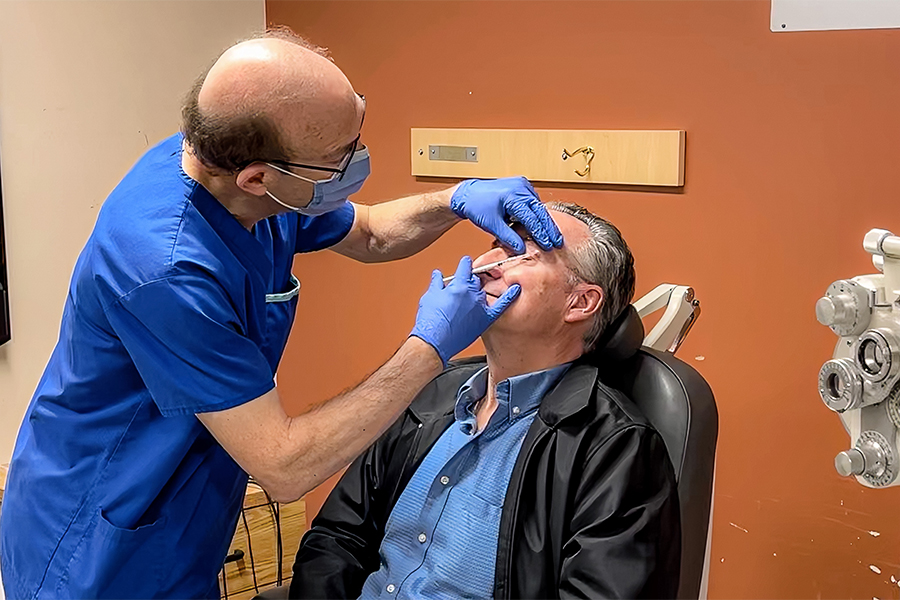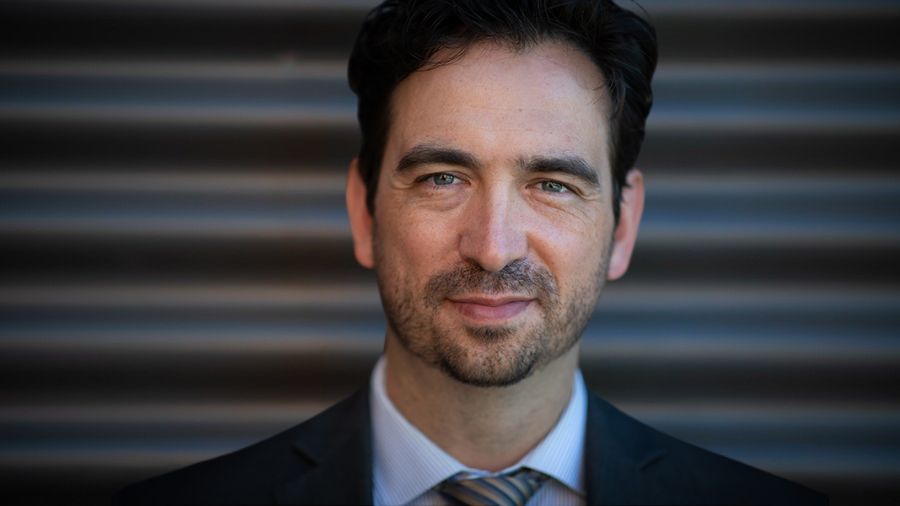AI analyzing a retina image for diabetic retinopathy. (Photo: RMIT University)
Diabetes is not only an ever-increasing health condition for Canadians but is far more prevalent in Indigenous communities across Canada.
A study from the Donald K. Johnson Eye Institute at University Health Network (UHN) is using artificial intelligence (AI) software to screen for undiagnosed diabetic retinopathy in Indigenous patients.

Diabetic retinopathy is a complication from diabetes, caused by high blood sugar levels damaging the back of the eye – the retina. If left undiagnosed or untreated, it can cause blindness.
Dr. Michael Brent, Director of Retina Service at the Donald K. Johnson Eye Institute and Dr. Charbel Wahab, Medical Retina Fellow are collaborating on this AI study to screen and diagnose diabetic retinopathy in Indigenous patients living with diabetes.
Dr. Brent is a longtime leader in providing specialized treatment methods to vulnerable and underserved communities through telemedicine, specifically ophthalmology. In Toronto, there are currently testing units located at Anishnawbe Health Toronto and other community health centres with the goal of ensuring those who are most at risk of blindness due to undiagnosed diabetic retinopathy can access the care and treatment they need. These testing units can take a fundus image of the retina. With screening from Drs. Brent and Wahab, they compare their findings with the AI software results from the retina examination. They are testing the validity of the AI software to determine whether it is accurate, reliable and capable of being trusted to be utilized in Canada’s multicultural population.
Dr. Wahab is working with the Anishnawbe Health Toronto and other community health centres across the city and sees Indigenous patients benefiting from the AI software detecting diabetic retinopathy.
“I was surprised there are a lot of advanced stages of undiagnosed diabetic retinopathy, says Dr. Wahab. “The patient may think this is caused by low vision from cataracts or another problem.”
The value of this research is reaching and providing ophthalmology treatment to underserved Indigenous communities located in remote areas who may not otherwise be able to access this type of care.

Drs. Brent and Wahab aim for spring 2023 for mobile deployment. The goal of this study would be for hand-held cameras with AI analysis and screening to reach remote areas of Indigenous communities for patients to use at home. A nurse or a volunteer could assist the patient in taking an image to the back of the eye, upload the hand-held image to a server for the ophthalmologist and AI software to interpret– and if validated the AI will analyze. With the AI analysis the ophthalmologist can recommend follow up with the patient on the staging of their diabetic retinopathy and develop an effective treatment plan depending on the severity of the patient’s condition.
UHN recognizes the National Day for Truth and Reconciliation and is committed to actionable steps for improving Indigenous health.


